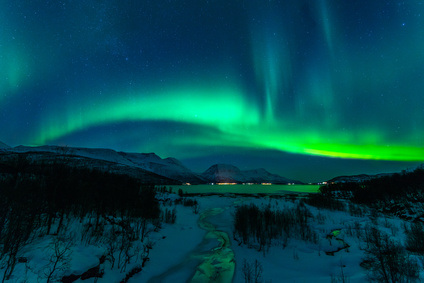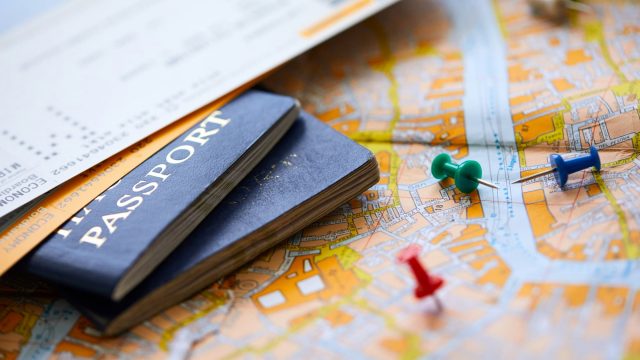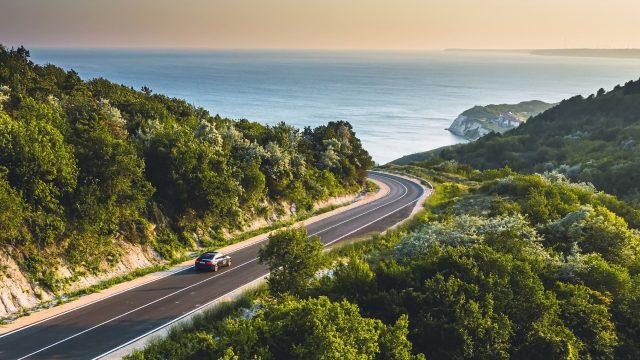People don’t chase rainbows any more; they chase the Northern Lights. This fascinating and other worldly natural phenomenon, which goes by the proper name of Aurora Borealis, has always captured our imagination. Few people know the ins and outs of this fascinating performance however so here’s the what, when, where and how of the Northern Lights.
 Photo by: Oliver Hummell/Fotolia
Photo by: Oliver Hummell/Fotolia
What are the Northern Lights?
The Northern Lights are an astronomical occurrence related to magnetic fields. They occur in Northern latitudes when electrons collide with air particles in the Earth’s magnetic field! The green colour derives from gases in the atmosphere. Green, the most common colour, is from oxygen. With the electrons originating from the sun, it’s very much dependent on the power of this giant star as to whether or not the Northern Lights will be visible on a given day.
When is the best time to see the Northern Lights?
The best time of the year to see the Northern Lights is undoubtedly during the winter. Conditions tend to best at this time of the year because the nights are darker. They still occur during the summer but because the nights are so much lighter, it simply isn’t possible to see the lights as they dance across the sky!
Naturally, nights clear of clouds and fog will improve your chances of viewing even further but the chances of seeing them aren’t dependent on the temperature.
How long the lights will be visible for is entirely down to luck. Sometimes, if you are especially lucky you might get to see them for an hour or two; on other occasions, just one or two minutes before they reappear again later on.
Where can I see the Northern Lights?
The Northern Lights are best viewed in Scandinavia, Canada and northern portions of the USA. Essentially your best bets will be destinations that are closest to the Arctic where the North Magnetic Pole lies.
Unfortunately, the down side is that whilst these destinations are all fascinating, none of them are particularly cheap to fly to. If you are searching out the Northern Lights on a budget however, your most favourable destinations are likely to be Iceland, Finland, Norway and Sweden. In each case, the higher north in the country you travel, the higher your likelihood will be of seeing them!
On rare occasions, they have been spotted in northern Scotland but this is very rare and will be far more fleeting than other choices!
When selecting your weapon of choice, it’s important to select your destination for the destination, not purely for the likelihood of seeing the lights! Many people forget this!
How do I see the Northern Lights?
Seeing the Northern Lights is very much a game of luck. Usually, you will have limited time and the elements have to play ball to enable you to see the green hues before you have to go home again. Luckily though, there are ways and means to maximizing your chances of seeing the Northern Lights.
Generally, Aurora Borealis are most frequently and clearly seen at high altitudes and in destinations close to the Arctic Circle. So, the closer you are to the Arctic Circle, the higher your chance of seeing them. Take your pick from any of the destinations we listed earlier in the article.
Whilst you can go in search of the Northern Lights on your own, you might prefer to utilise the skills of a tour guide. They are experts in the field and know the best places to go to catch a glimpse of the world’s best natural performance.
If you want to do it on a budget however, it’s still perfectly feasible. You will need your own transport though and usually, a little more space available in your schedule. You will also need to take extra care of course, as road conditions are likely to be icy at best and snow covered at worst!
Whilst no prediction will ever be 100% accurate, you can check the Northern Lights forecast to get an idea of the likelihood of seeing them. Also, some hotels such as Hotel Ranga in Hella, South Iceland, provide a service whereby you will be woken up when the lights appear so that you don’t miss them.
Useful tips to remember
- When you go in search of the Northern Lights, remember to dress warmly as this activity requires patience in cold temperatures. Dress in layers and don’t forget your hands, feet and head!
- Camera batteries will lose their charge quicker in colder temperatures so take a spare set and keep it somewhere warm, ideally next to your skin.
- You can take decent photos with a bog standard camera however the best shots will usually come from those with a more professional piece of equipment. Whatever you choose to use, don’t get too carried away looking through the lens; ensure you fully enjoy the experience in real time.
- Don’t get too obsessed with seeing the lights. It is a random event therefore you should make other activities your priority; if you are lucky enough to see the lights, it will be an unforgettable bonus!
So, hopefully we have amply covered the what, when, where & how of the Northern Lights! Get booking…which destination will you choose and why?






Despite my best efforts I didn’t get to catch the Northern Lights while we were in Iceland. But hey all the more reason to head back!